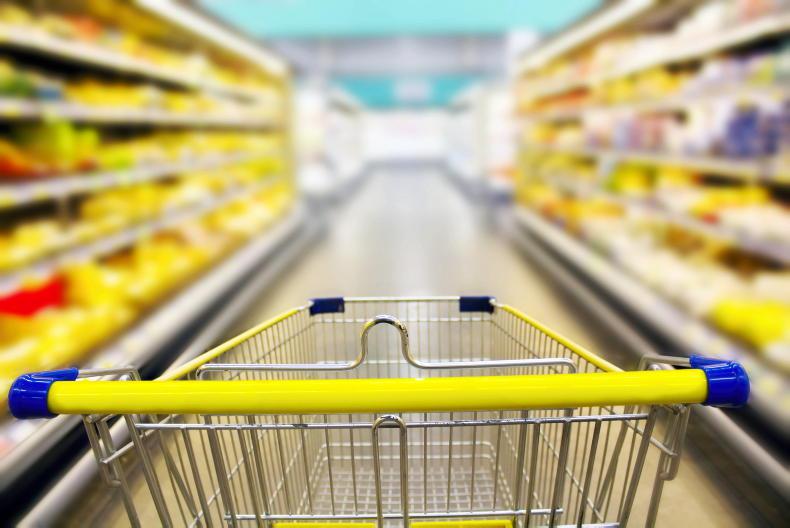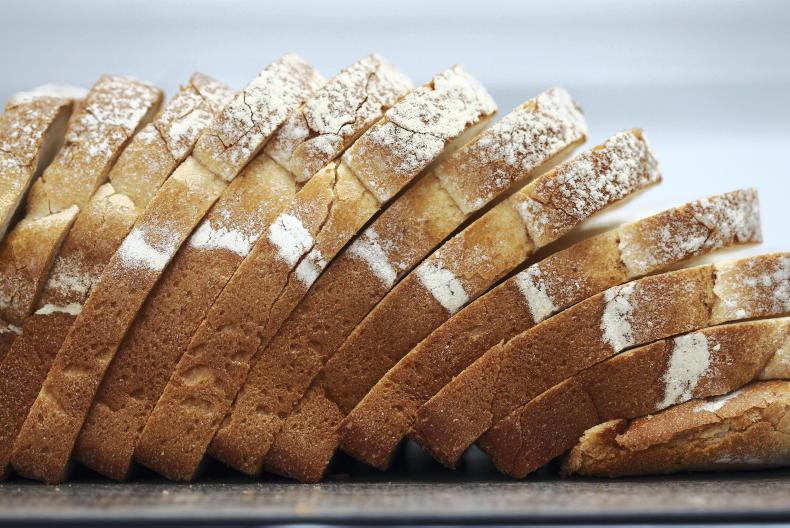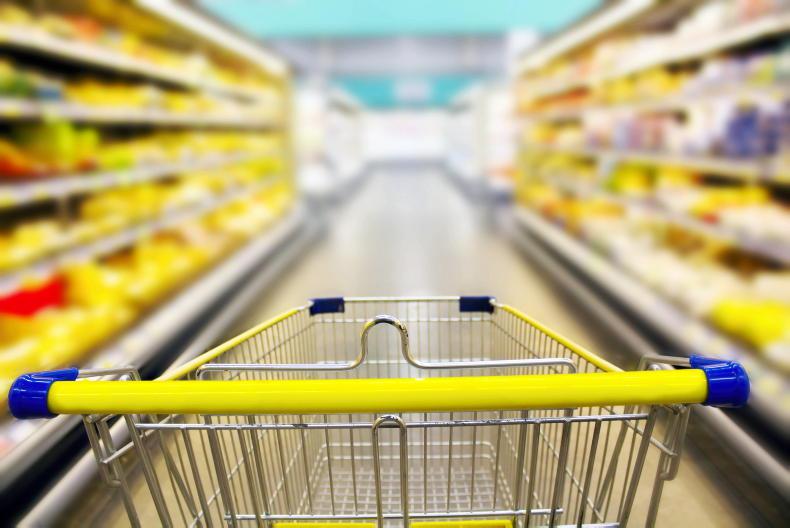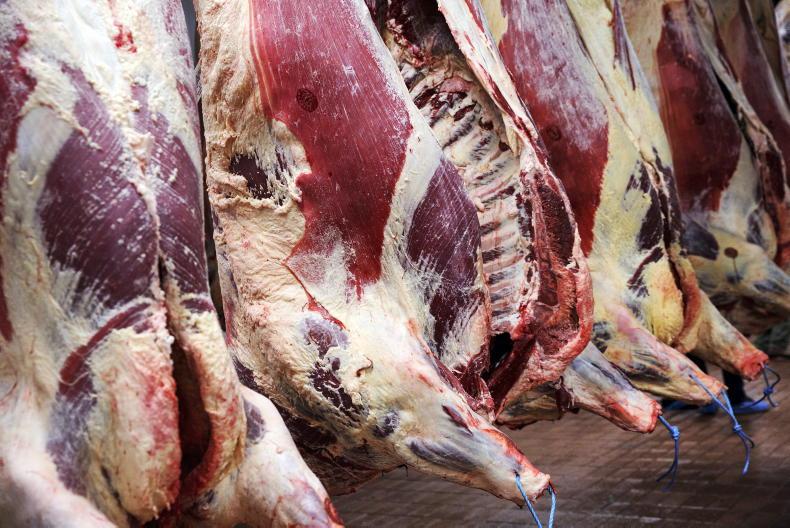The surge in inflation since 2021 caught the central banks by surprise and they have scrambled to tighten monetary policy ever since, mainly by raising official interest rates.
They should eventually succeed in getting inflation down to the 2% target, which no government has disavowed.
A monetary squeeze is the textbook prescription when loose policy sees inflation getting out of control and there is evidence that the squeeze has begun to work.
In the meantime, politicians must get on with the task of offering simplistic short-term ‘solutions’, of which price controls (especially on energy and food items), are the most popular.
‘Retail summit’
Since energy prices can be affected by taxes and regulatory rules, governments have some leeway. But food is largely free of consumer taxes and subsidies in Europe, and the case for intervention in Ireland has been built around the notion that supermarkets have been profiteering.
Minister of State at the Department of Enterprise Neale Richmond has called a ‘retail summit’ and opposition politicians have been vocal.
In politics ... evidence is not always required – especially if it might complicate the message that simple solutions to complex problems are always to hand
With support from print and broadcast media, they have accused retailers of ‘greedflation’ and several European governments have already resorted to price controls on grocery products.
Struggling families, it is asserted, are unable to put food on the table and opportunistic supermarkets are milking the inflation surge to cash in.
If food prices can be manipulated upwards by retailers to boost profits, they must possess market power.
Moreover this market power must be of recent origin, unless they were asleep at the wheel until inflation took off towards the end of 2021.
Evidence is required that, one, the food retailers currently possess market power, sufficient to enable a hike in profit margins at the expense of consumers and that, two, this power has been acquired recently.
In politics, as in the mainstream media, evidence is not always required – especially if it might complicate the message that simple solutions to complex problems are always to hand. Whenever Minister Richmond’s advisers get around to assessing the available evidence, they could struggle to sustain the case against profiteering retailers.
According to the latest figures from the retail research firm Kantar, market shares in Irish grocery in the 12 weeks before March 2023 were as follows in Table 1.
This is hardly a monopoly.
There are three significant national supermarket groups with shares of 20% (or a little more), two more with shares above 10% and a large number of smaller outlets making up the rest.
The five groups have chains of stores covering the Republic with about 830 outlets between them. The bigger cities and some large towns have branches of all five.
The Herfindahl index
A standard measure of market concentration based on market shares is called the Herfindahl index, and ranges from close to zero for a market with hundreds of competitors up to 10,000 for a total monopoly with just one firm.
The US Department of Justice regards a score of 2,500 as the threshold beyond which mergers are not welcome, with 1,500 seen as a pretty competitive market.
The Irish grocery trade comes out at around 1,800 on this measure, which does not suggest that consumers are currently at risk. Moreover the Kantar data shows that the position has not changed very much over the last decade.
There is no evidence, on this measure, that supermarkets have strong market power or that they have recently enjoyed a sudden improvement in their ability to jack up selling prices.
The Herfindahl index is not the last word on market power.
There is no evidence, on this measure, that supermarkets have strong market power
Competition regulators know that markets with just two or three players can be lively, while five or six may not be enough to deny market power to the largest.
So they look further, at margins and profitability. Here, too, the evidence is not clear. Net margins for food retailers, where data is available, remain in the low single digits internationally, where they have always been, and the share prices of listed supermarkets, including Tesco and Sainsbury’s in the UK, have moved sideways in the two years of the inflation surge.
Suppliers to food retailers on the other side of the market, including primary producers, complain that margin expansion has been at their expense. This needs evidence too, in this case of monopoly buying power in the hands of the bigger processors and retail chains.
The Oireachtas is legislating for a new agency and a CEO designate, Niamh Lenehan, has been appointed to the Agri-Food Regulator to oversee commercial relationships between producers, processors and retailers.
Its first task will be data collection.










SHARING OPTIONS